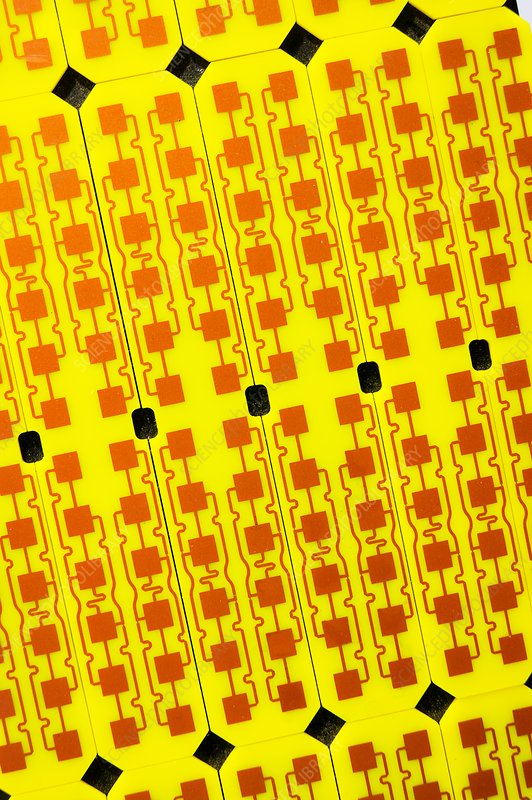(Nano-Telecommunication) Performance of L / d nano-dipole in nanotube antennas (PhD in nano-microelectronics)
Researcher and author: Dr. ( Afshin Rashid)
Note: Nanotube antennas at first glance give us the impression that it is similar to the dipole antenna, which is designed in small dimensions . But this is not the case in the main theory of dipole antennas for determining the current distribution on the antenna, where the dipole radius is greater than the skin depth and also the resistance losses are so small that they can be ignored.
With regard to the nano dipole L / d is significantly smaller, non- use. In single-dimensional electrical conductors such as nanotubes, the skin depth state is completely eliminated. Because here electrons are only allowed to move They have conductors along the strand and therefore the current distribution is effectively one-dimensional. In addition to the electrons moving in only one dimension, two other important issues occur, inductance and large resistance. These properties make nanotube antennas behave very differently from classical antennas. The main difference is that the current distribution is alternating with a wavelength that is 100 times smaller than the open space wavelength for a given thermal frequency. The wavelength of the current distribution depends on the velocity of the wave in that mode. If the wavelength is the same as the speed of light, the wavelength of the current distribution is the wavelength of the electromagnetic waves in the open space. On the other hand, the wave velocity in nanotubes is about one hundred times slower than the speed of light. This is because in circuit theory, the wave velocity is equal to the inverse of the square root of the capacitive capacity per unit length multiplied by the inductive capacity per unit length.
In nanocommunication, the interaction with electronic nanoparticles based on carbon nanotubes changes the signal produced by the carbon nanotube device following the adsorption of specific single molecules. This is because the adsorbent molecule creates a trap in the carbon nanotube, which conducts it. This means that carbon nanotubes based on carbon nanotubes are very sensitive. And they can detect a unique amount of single molecules. The ability to describe single molecules using highly sensitive nanoelectronics is an exciting prospect for sensors, especially for neural applications and biosensors. The use of acoustic signals to identify molecular activity (interaction) or (active orbit) is attractive.In nanocommunication and interaction with electronic nanoparticles based on carbon nanotubes, the sensitivity of signal recognition may be increased through the production of controllable noise. These carbon nanotube-based nanocommunications show that it is possible to identify individual molecules through their unique noise particles in current nanocommunication signals. Improved knowledge of molecular origin and interaction with electronic nanoparticles based on noise nanotubes should lead to the development of electronics that use noise to improve their performance instead of destroying it.
Conclusion :
Nanotube antennas at first glance give us the impression that it is similar to the dipole antenna, which is designed in small dimensions . But this is not the case in the main theory of dipole antennas for determining the current distribution on the antenna, where the dipole radius is greater than the skin depth and also the resistance losses are so small that they can be ignored.
Researcher and author: Dr. ( Afshin Rashid)
PhD in Nano-Microelectronics




